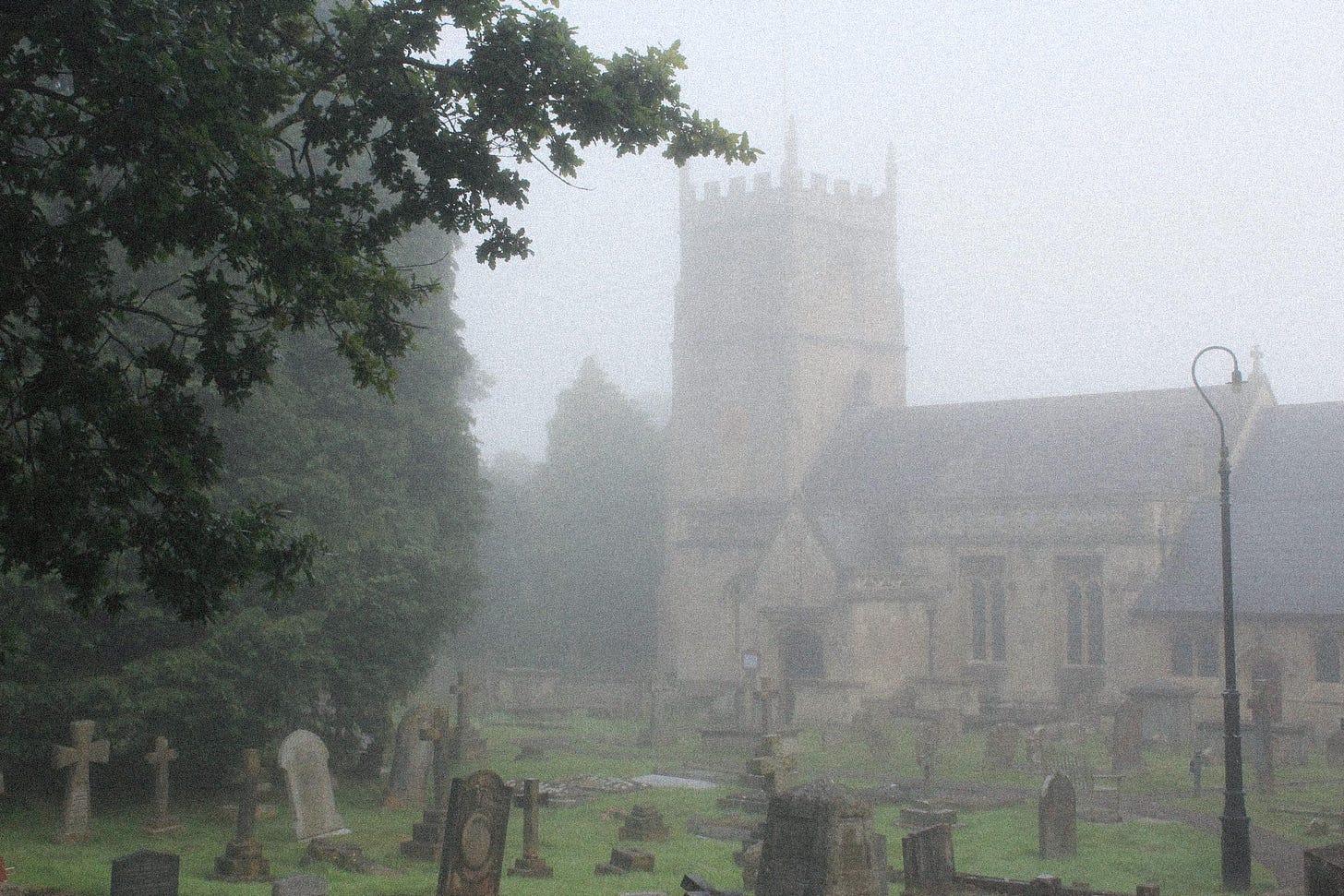This past Saturday was the annual pilgrimage the parish of St John of Kronstadt down in Bath take to the Ancient Saxon Church of St Laurence in Bradford on Avon, to celebrate the Liturgy. This being my first time here, I was greatly looking forward to it!
I took to researching the walk, a 10 mile stretch along the Kennett and Avon canal, follow the river and you’ll get there, roughly taking 4 hours or so. Manageable, but could I be bothered? The night before I slumberly said to myself I’d drive down, I’d have a bit of the morning to do something distracting and then poodle on down in my old Honda, deep down this didn’t feel quite right for a pilgrimage, can you pray whilst driving? I thought of the pilgrims of yonder year, and the effort they would take to travel across vast lands with the unknown facing them, the roll of the dice to visit the shrines and relics. Now, travel has never been easier and perhaps its for the best or for the worse. But where is the romance in ease? This was hardly a long haul to the Holy Lands, but a gentle walk down a pleasant Somerset canal, where the only danger is cyclists. Thankfully there was a moment of clarity in the morning. I awoke at 4:45ish. I lay there in bed, in the wakening light of day, and knew if I got up I would have enough time to make it in time for the Liturgy. The decision was made, I languidly lifted myself from bed, grabbed my camera and set off for pilgrimage.
Outside was a dense murky blue fog, what else to expect for an English summer! Though I’d say this is the perfect morning weather, the haze of mystery for the day to come. Everything lays motionless and still in the thickening fog. Birds are gradual to their song and the trees are creaking as the cold of night is slowly relieved.





The destination, the Church of St Laurence. This is a gem. A very rare survival of the Anglo Saxon world. It’s a mystery that cannot be defined by the academics. This is connected to the importance of Malmesbury Abbey (you can find that post here). It’s history has been largely lost to the plough. The twelfth century historian William of Malmesbury reports that it was standing in the 1120’s, and he thought it dated back to the time of St Aldhelm (d.709). Though this is up for debate. It is known that St Aldhelm’s body was moved to Bradford on Avon in the tenth century. The Church Guide suggest that it dates from after AD1001, this if from a charter of King Ethelred, granting Bradford to the nuns of Shaftesbury. They were custodians of the body of Ethelred’s brother, Edward the Martyr, and so St Laurence. A large stone building for the time, built to house his remains. Another part of it's story is that it was only discovered as a Church in the nineteenth century, for a span of time its history was forgotten, and it was used as a school masters house. So who knows where it’s origins are, what we can know for certain is that it is a substantially untouched Anglo-Saxon church. Oozing mysterious beauty.
I couldn’t do a post without mentioning some kind of carving! In the interior east wall are placed two angels, they were found nearby in 1855 and were placed in the wall. I couldn’t quite get a good enough picture of them so far above, so I found old images of them online, which state they are some of the earliest church carvings in England. Though chipped and scuffed, you can still see the wonderfully directness of carved line, and they still hold their beauty. They have stylistic connection to the Saxon Winchester School of illuminated manuscripts.
This is by far one of the most beautiful churches I have ever been so graced to visit. This Church is one small part of the story of these lands, deep to the tips of the roots of British character and myth. It was a wonderful blessing to have experienced the Liturgy in the air of ancient sanctity that this church has, and imagine Saxon worship.


















I look forward to seeing this church one day: preferably such a day as you experienced. Beautiful!
I'm glad you hauled yourself out of bed for this walk. Thanks for sharing it.